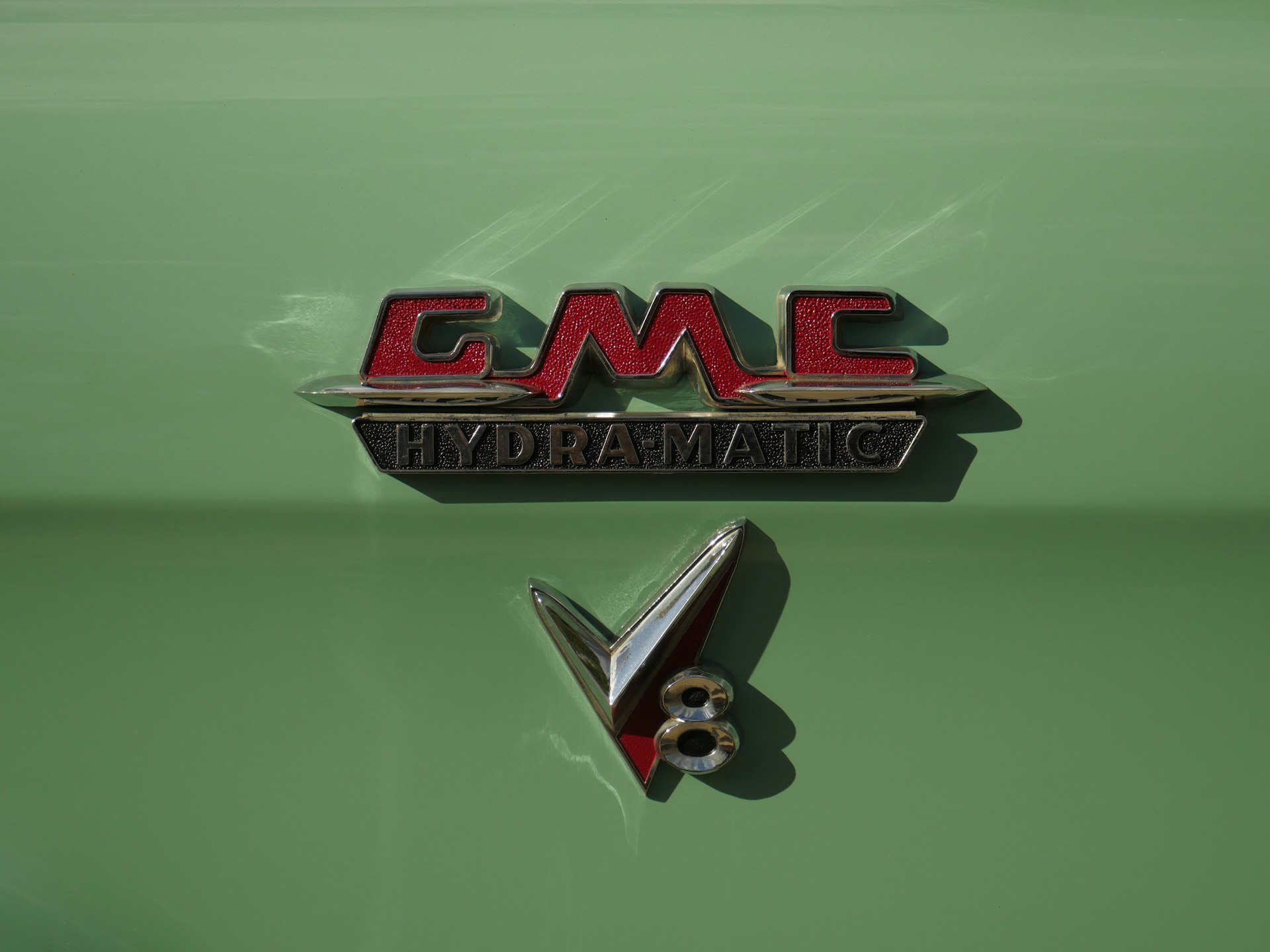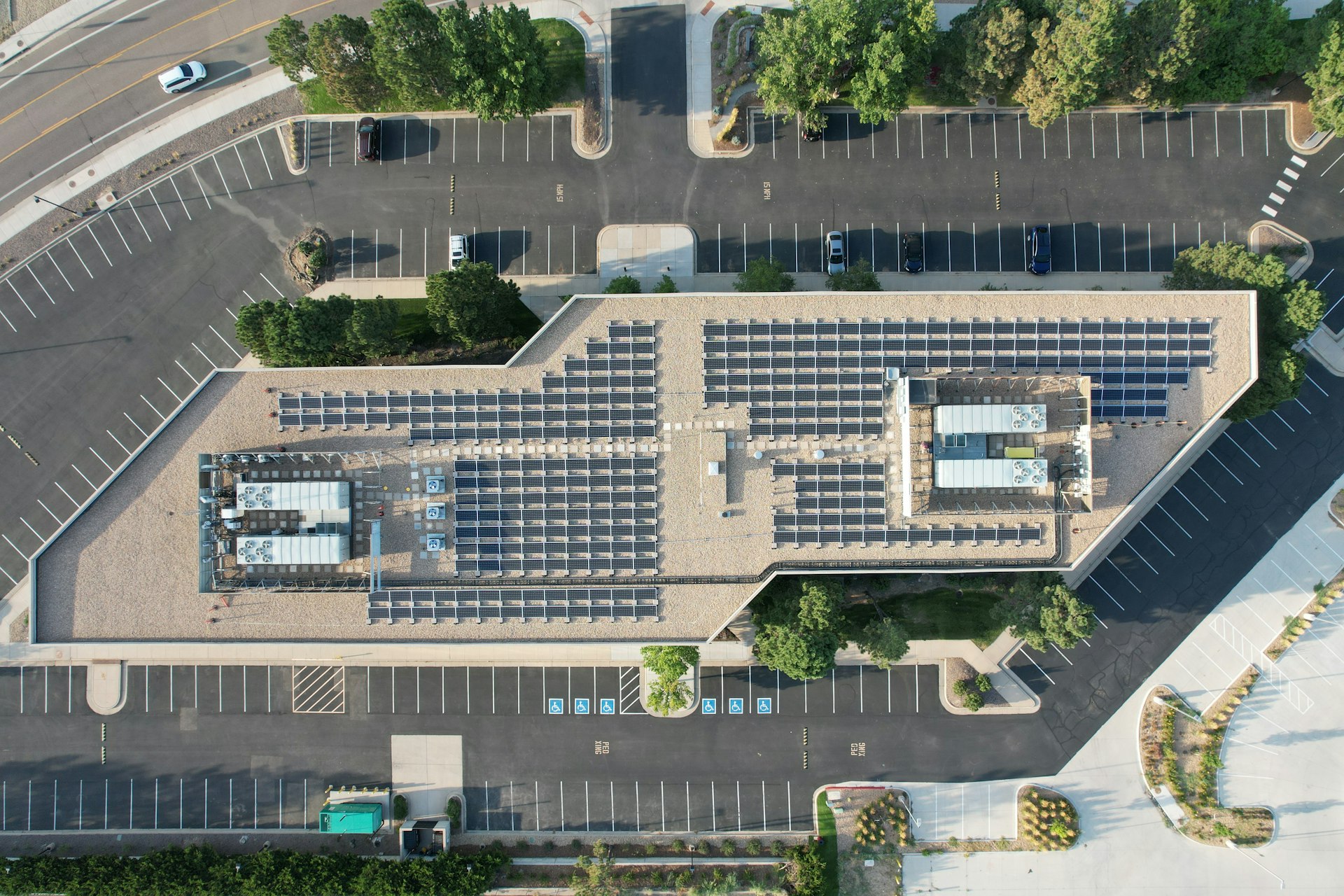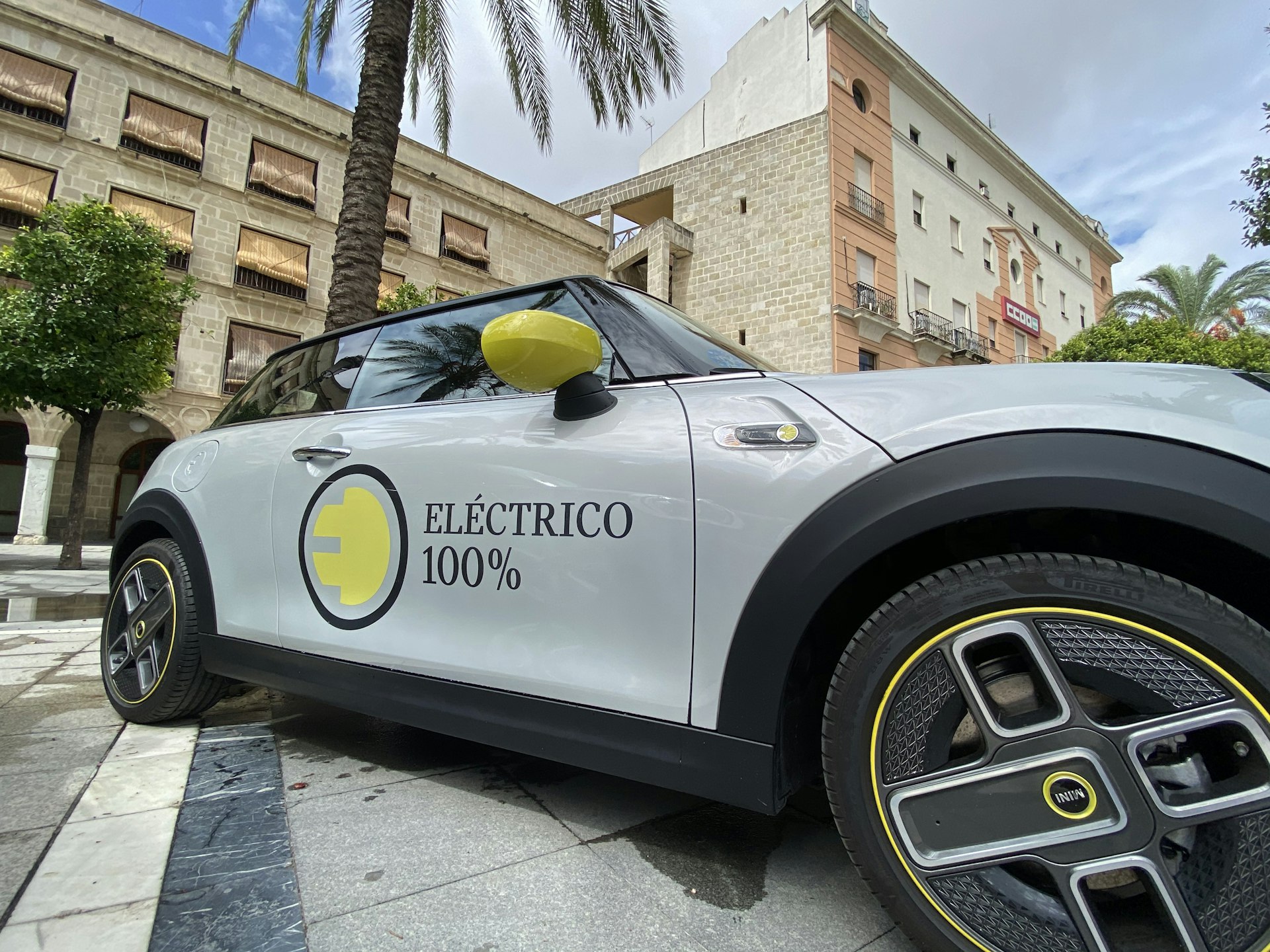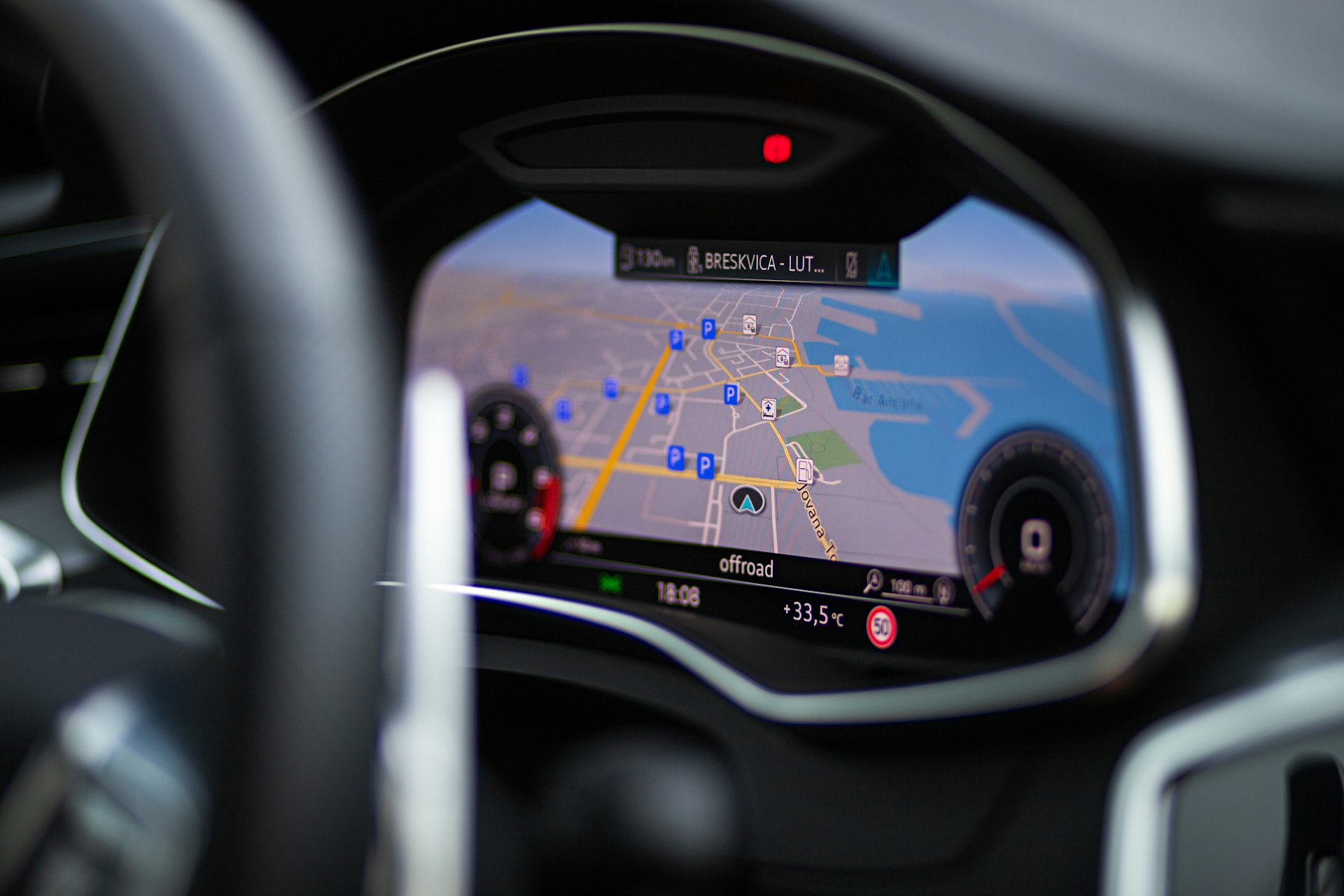Transparent Solar Panels: Powering the Next Generation of Vehicles

Photo by Emmanuel Appiah on Unsplash
Introduction: The Promise of Transparent Solar Panels for Vehicles
Transparent solar panel technology is rapidly evolving, offering the potential to revolutionize how vehicles generate and utilize energy. Unlike traditional opaque solar panels, transparent variants can be seamlessly integrated into windows, windshields, and even body panels, capturing solar energy without obstructing visibility or aesthetics [1] . While still in the early stages of mass deployment, recent breakthroughs are accelerating their journey from research labs to real-world vehicles.
How Transparent Solar Panels Work
Traditional solar panels rely on silicon cells that absorb visible sunlight, making them opaque and limiting their use to rooftops and open surfaces. Transparent solar panels, however, use advanced materials such as organic photovoltaic cells (OPVs) , perovskites , and transparent conductive films . These capture specific wavelengths of light-typically ultraviolet (UV) and infrared (IR)-while allowing visible light to pass through [2] . The key innovation is the transparent luminescent solar concentrator (TLSC), which absorbs invisible UV and IR energy and channels it to the edges of the glass, where integrated photovoltaic strips convert it into electricity [2] . This means that vehicle windows and windshields can become energy-generating surfaces without any loss of clarity or aesthetics.
Benefits for Vehicles
Transparent solar panels offer several unique advantages when integrated into vehicles:
- Supplemental Power Generation : They can provide additional electricity for running lights, air conditioning, infotainment systems, and battery charging, reducing reliance on grid power or fossil fuels [1] .
- Enhanced Range for Electric Vehicles : By converting sunlight into usable energy, transparent solar cells could extend the driving range of electric vehicles (EVs), especially in sunny climates [4] .
- Design Flexibility : Because these panels are nearly invisible and blend with glass, they allow manufacturers to maintain sleek, futuristic designs without bulky rooftop arrays [3] .
- Environmental Impact : Widespread use of transparent solar panels in vehicles could reduce carbon emissions and contribute to climate change mitigation by lowering fossil fuel dependence [4] .
Recent Breakthroughs and Efficiency Improvements
Historically, transparent solar panels have lagged behind traditional ones in efficiency. Recent advances in materials science, notably the use of transition metal dichalcogenides and ultra-thin coatings, have led to panels with up to 79% transparency and power densities rivaling opaque panels [5] . Laboratory prototypes now achieve power conversion efficiencies over 10%, with some experimental cells reaching even higher performance thanks to improved aspect ratios and electrode materials [4] . While these efficiencies are lower than the best traditional panels, the ability to cover large surface areas (windows, windshields, panoramic roofs) makes the energy potential significant, especially in vehicles with ample glass.
Applications: From Concept Cars to Commercial Vehicles
Several automotive manufacturers and technology firms are already experimenting with transparent solar panels:
- Concept Vehicles : Electric vehicle prototypes have demonstrated transparent solar panels embedded in roofs and windows, providing real-world data on supplemental charging capabilities [1] .
- Commercial Deployment : Companies such as Ubiquitous Energy and Physee are developing scalable products, with ongoing pilot programs for buses, trucks, and passenger vehicles [2] .
- Beyond Vehicles : The same technology is being tested in buildings, smartphones, and wearables, demonstrating its versatility and market potential [3] .
As manufacturing costs decrease and efficiency improves, transparent solar panels are poised to become standard features in future vehicle designs.
Challenges and Solutions
Despite strong promise, several hurdles remain:
- Efficiency vs. Transparency : Maximizing both power output and visibility requires careful material selection and engineering. Ongoing research is focused on optimizing spectral absorption and cell architecture [4] .
- Durability : Vehicle applications demand panels that can withstand temperature extremes, vibrations, and impacts. Manufacturers are developing robust encapsulation techniques and testing long-term performance [2] .
- Cost : Transparent solar panels are currently more expensive than conventional ones. However, as mass production ramps up and economies of scale kick in, prices are expected to fall [2] .
- Integration with Vehicle Systems : Seamless integration requires collaboration between solar panel producers and automakers, as well as new standards for electrical connections and energy storage [1] .
To address these challenges, industry partnerships and ongoing research are crucial. Vehicle owners and fleet operators interested in adopting this technology can follow these steps:
- Monitor announcements from major EV manufacturers and solar technology companies for pilot programs and product launches.
- Contact automotive dealerships to inquire about upcoming models featuring transparent solar panels.
- Consult with certified solar installers about retrofitting options for existing vehicles, though availability may be limited as of now.
- Stay informed through reputable sources such as Solar Magazine , ImpactLab , and Neexgent for the latest updates and case studies.
Alternative Approaches
While transparent solar panels are promising, those seeking immediate solutions can consider:
- Traditional Solar Roofs : Some EVs, like certain Toyota Prius and Hyundai models, already offer conventional solar roof options that supplement battery charging.
- Portable Solar Kits : For existing vehicles, portable solar kits can provide off-grid charging for auxiliary devices and batteries.
- Hybrid Solutions : Combining transparent panels with opaque solar modules may maximize energy harvesting while preserving design flexibility.
How to Access Transparent Solar Panel Technology
The commercial availability of transparent solar panels for vehicles is growing but still limited. To explore current options:
- Search for “transparent solar panels for vehicles” on established technology and automotive news platforms.
- Contact leading solar panel manufacturers about product specifications, pilot programs, and installation services.
- Connect with local EV associations and industry forums for peer advice and early adopter experiences.
- Visit the official websites of Ubiquitous Energy, Physee, and other innovators for product announcements and technical resources.
As this technology matures, expect broader access through major automakers and aftermarket suppliers.
Key Takeaways
Transparent solar panels represent a bold step toward sustainable, energy-independent vehicles. With growing research and industry momentum, they are poised to become integral features of future automobiles, supplementing power, enhancing range, and supporting environmental goals. While challenges remain, ongoing innovation and collaboration are steadily clearing the path to mainstream adoption.

Photo by Newpowa on Unsplash
References
- [1] Neexgent (2024). Everything You Need to Know About Transparent Solar Panels.
- [2] Solar Magazine (2023). Transparent Solar Panels: Reforming Future Energy Supply.
- [3] Solar SME (2023). Transparent Solar Panels: Combining Aesthetics with Efficiency.
- [4] ImpactLab (2024). Near-Invisible Transparent Solar Cells Could Power the Future.
- [5] The Brighter Side News (2024). Solar breakthrough: Transparent panels generate power 1000x more efficiently than traditional panels.
MORE FROM promospotlight.com













